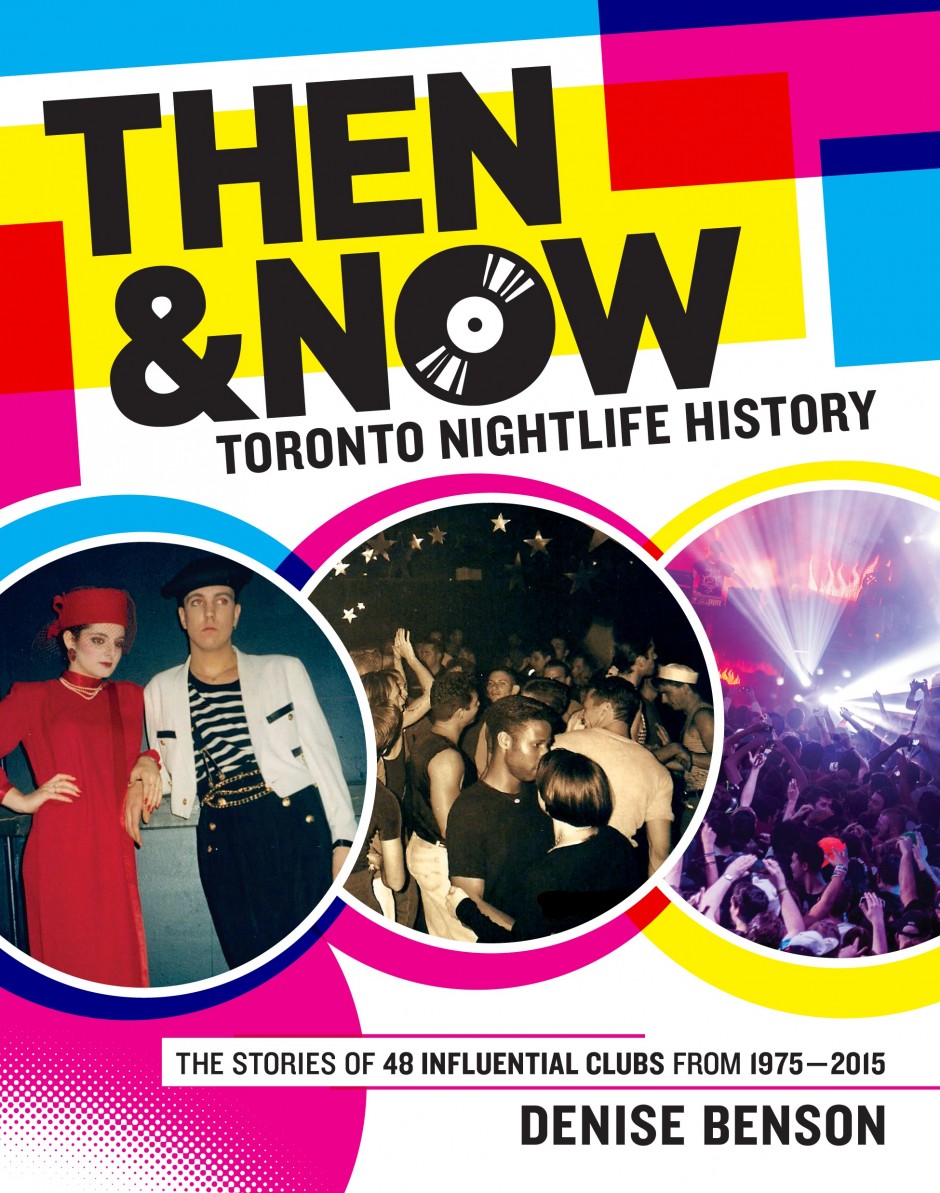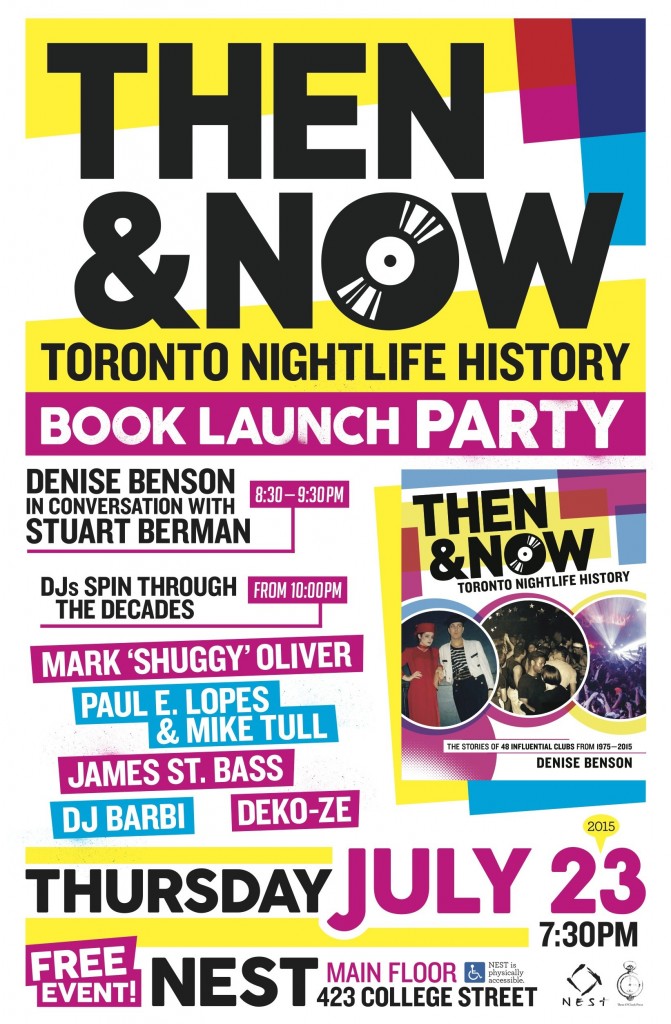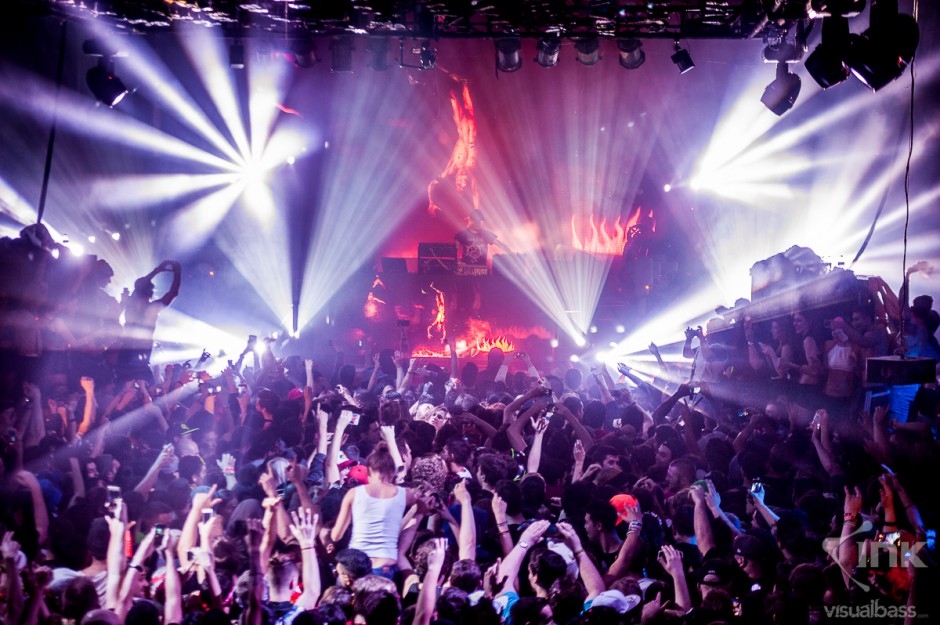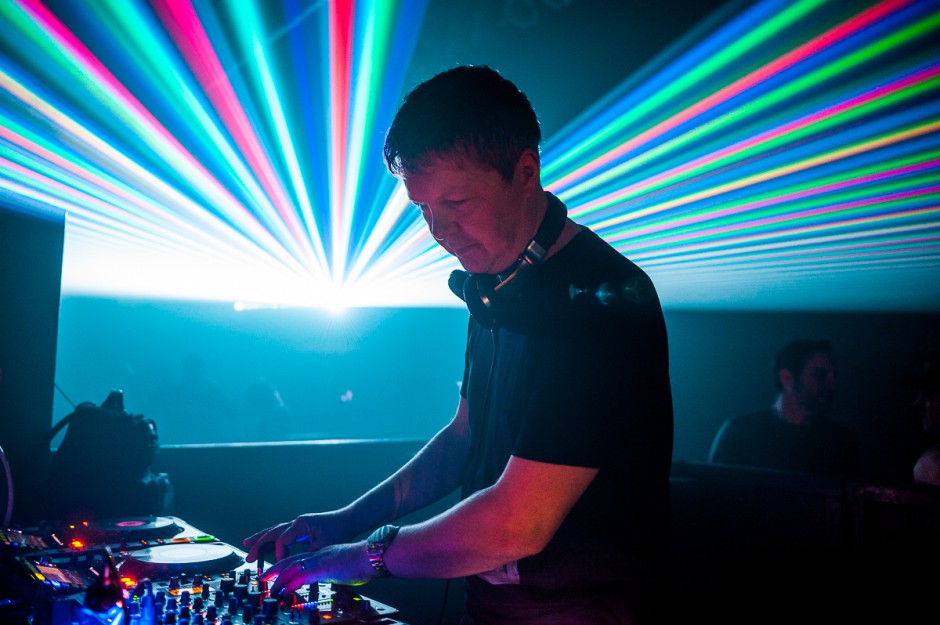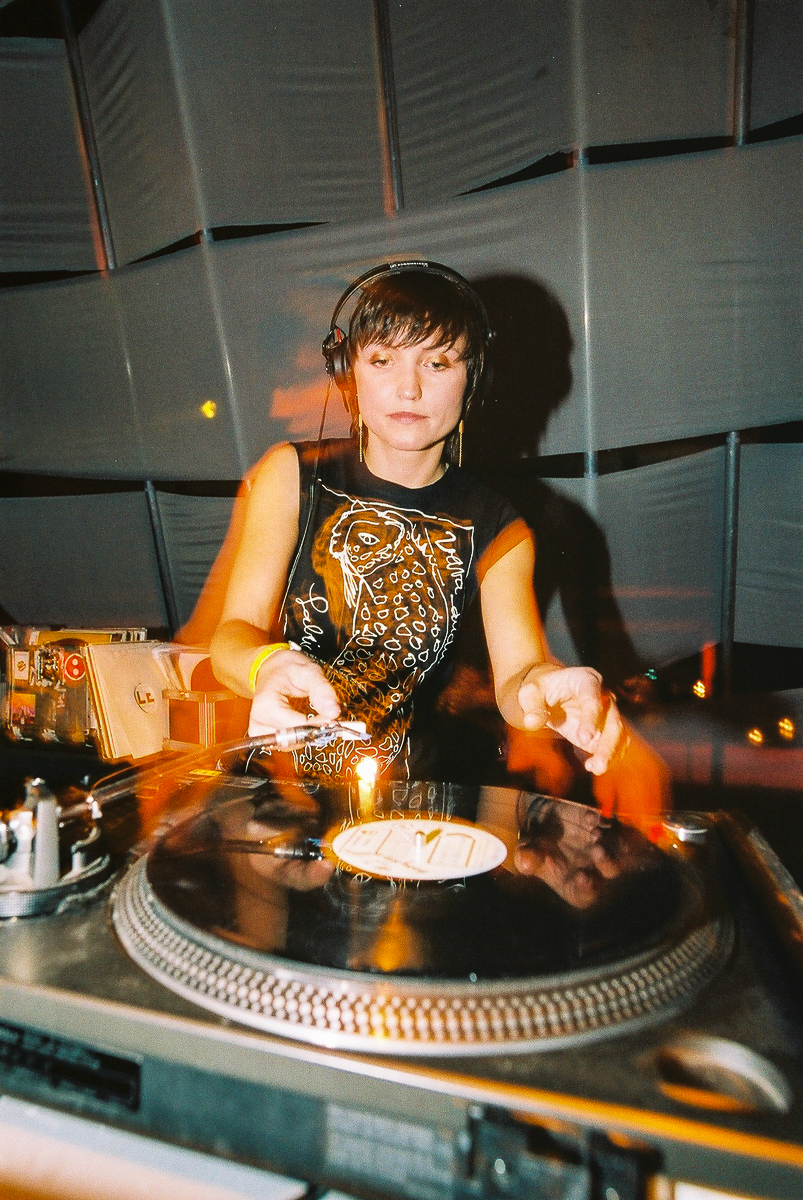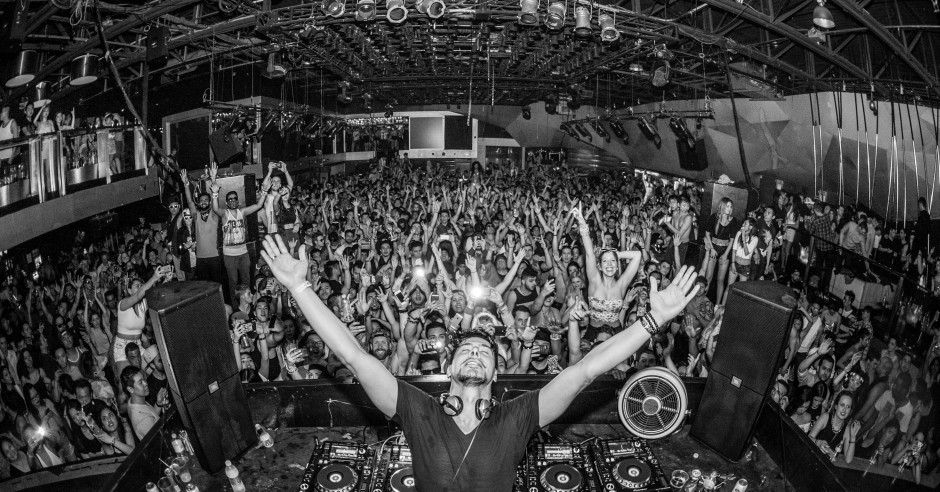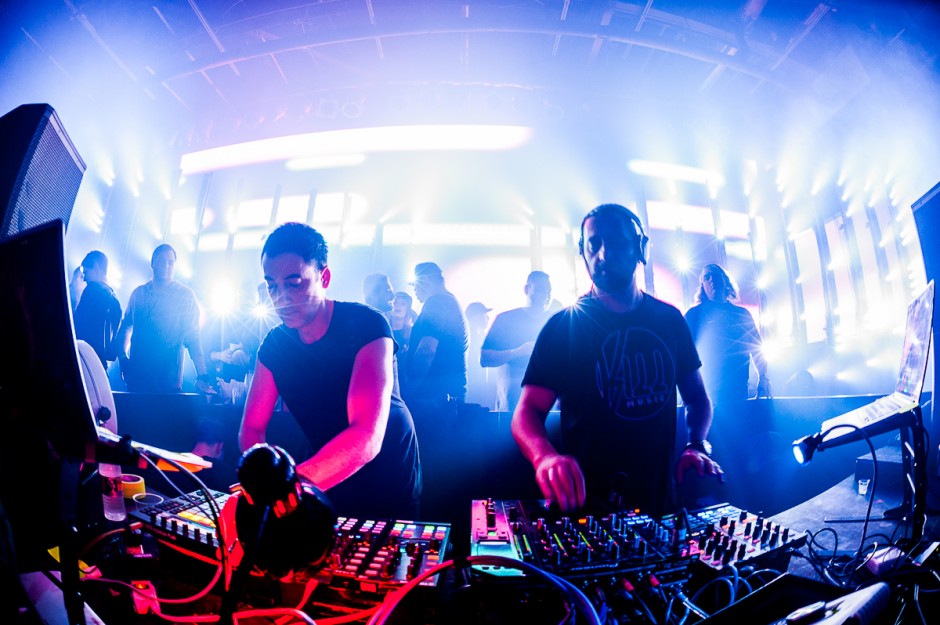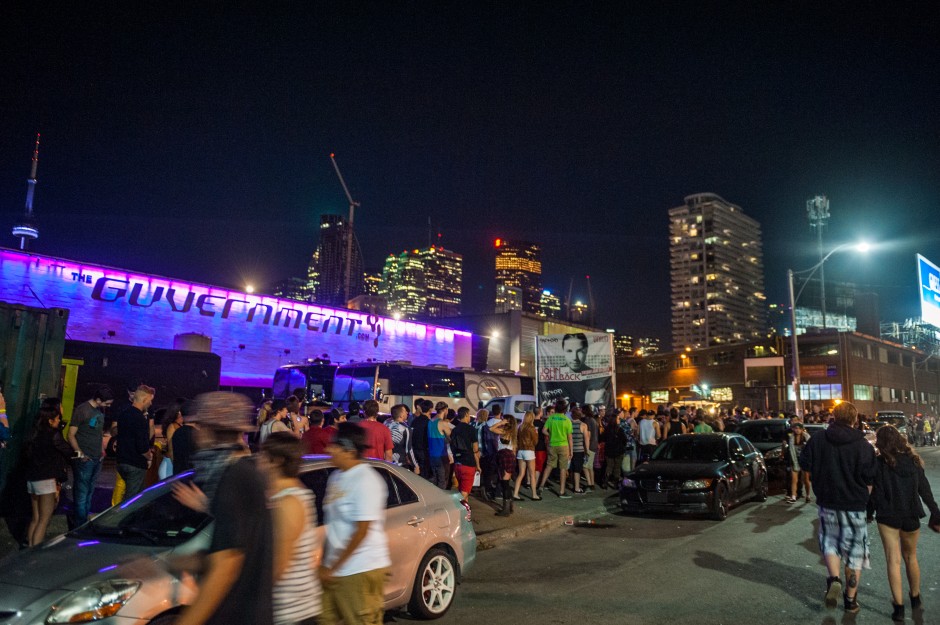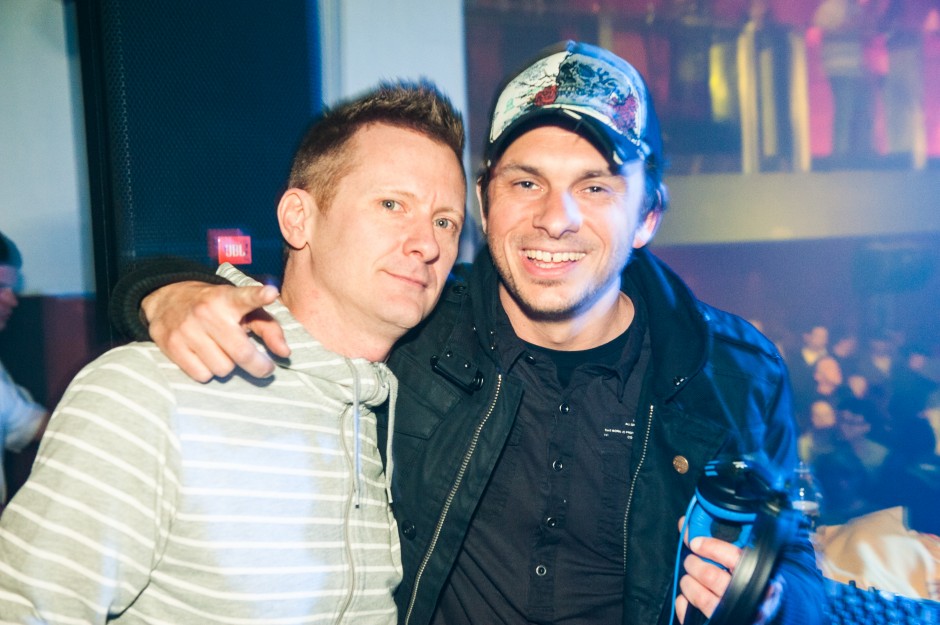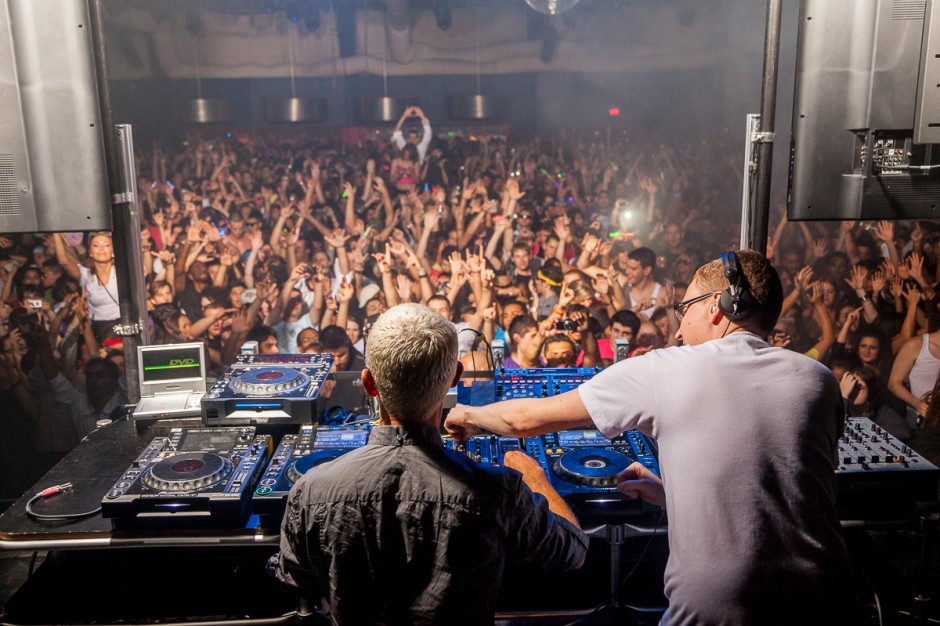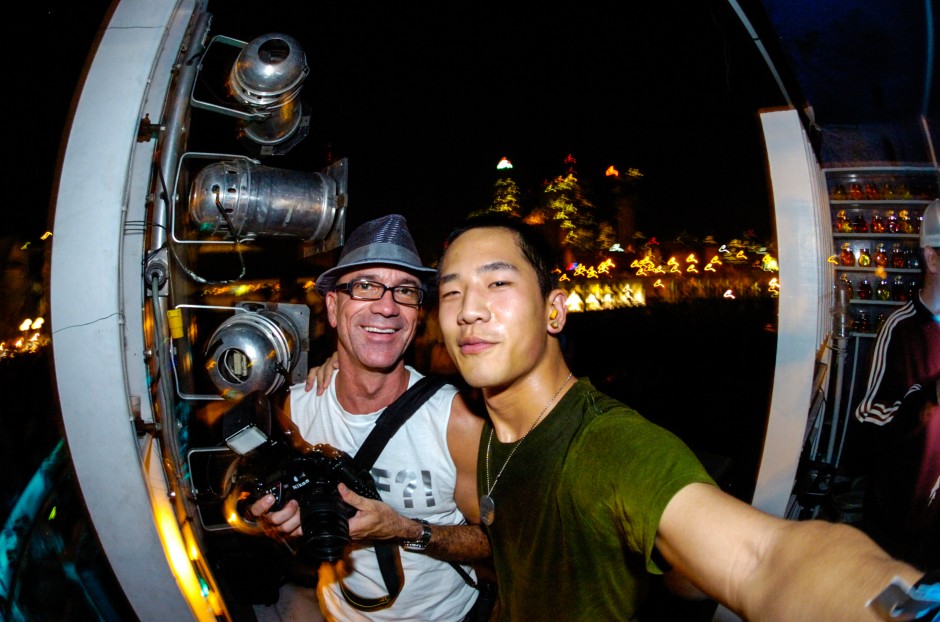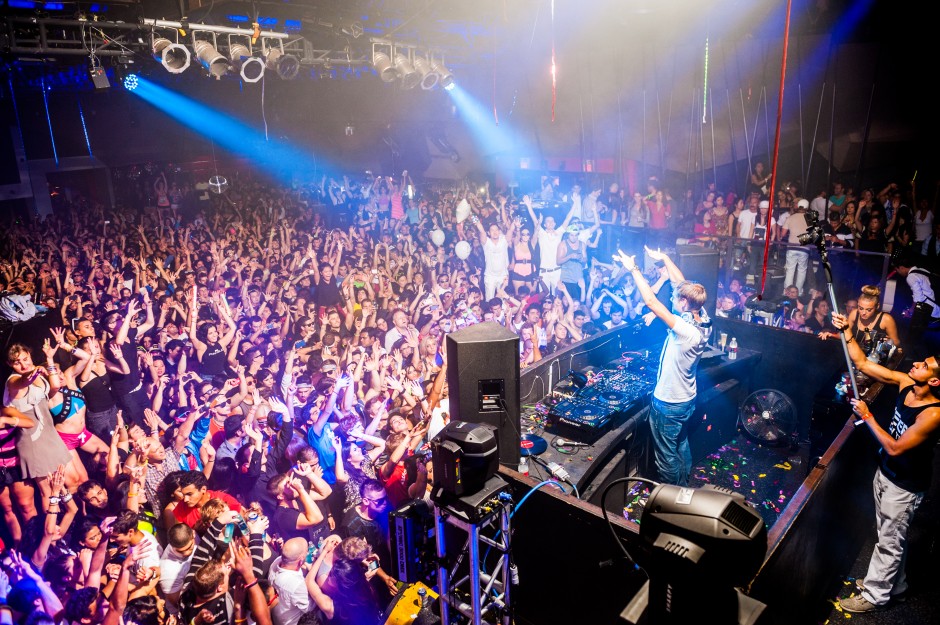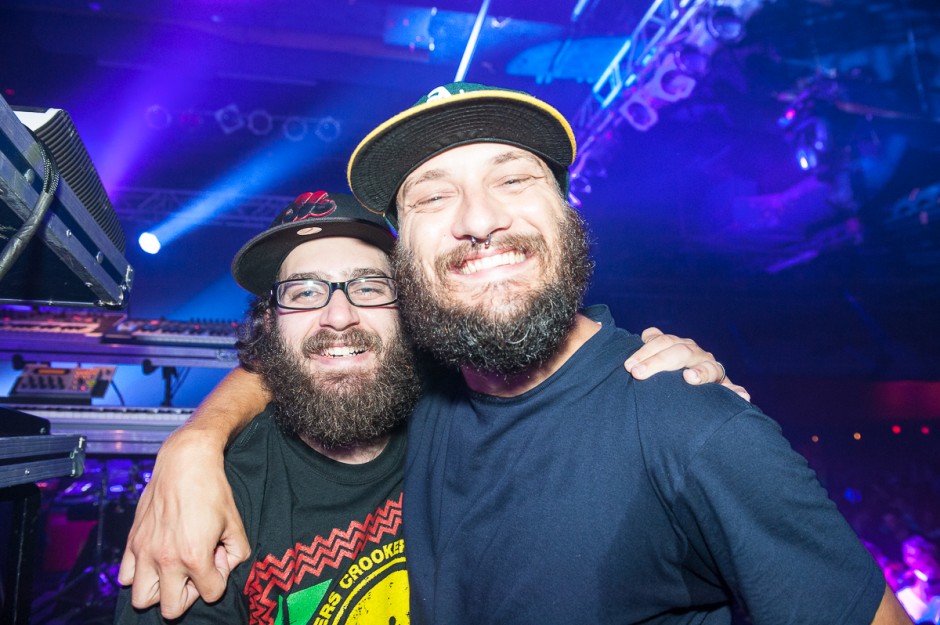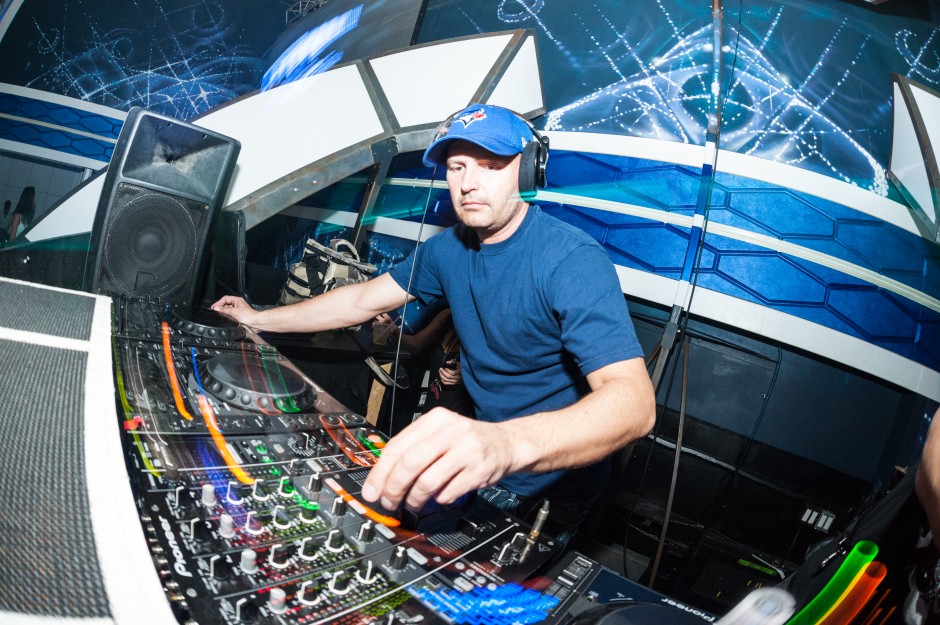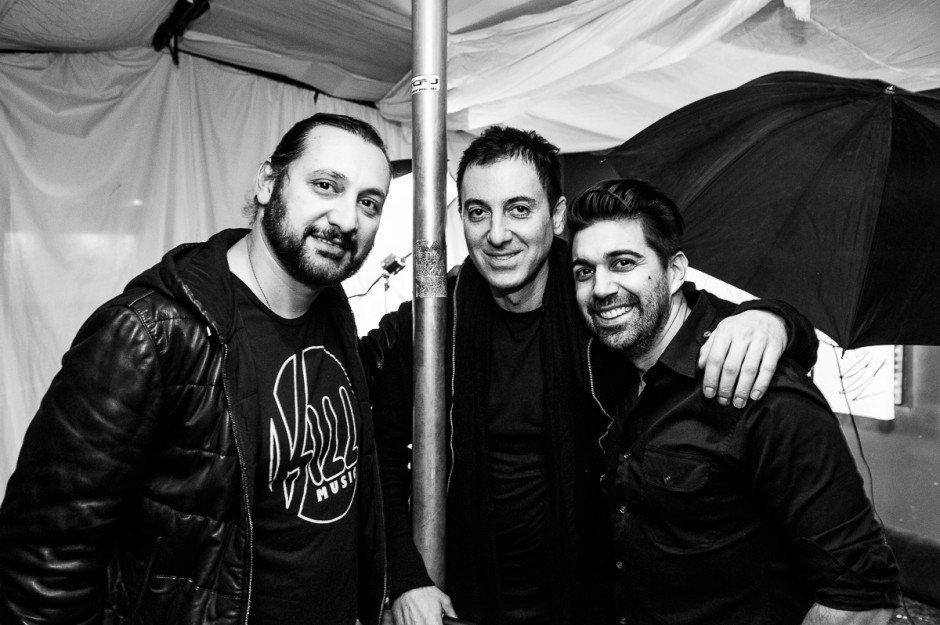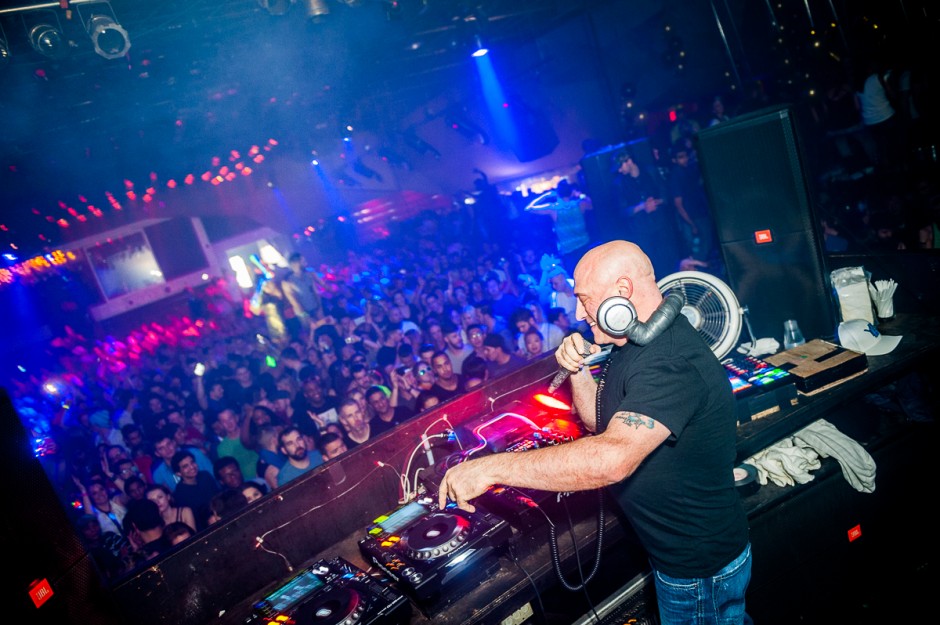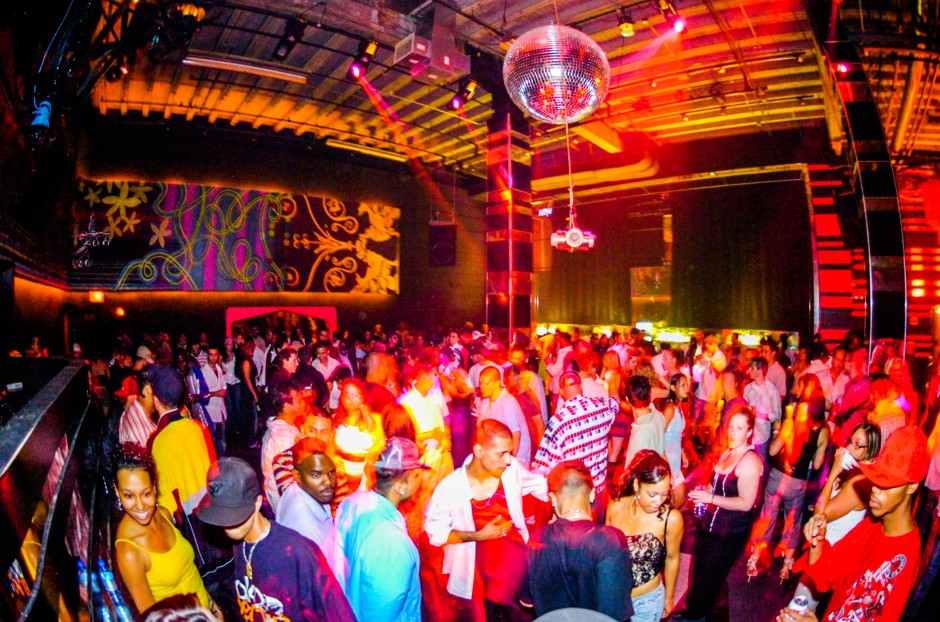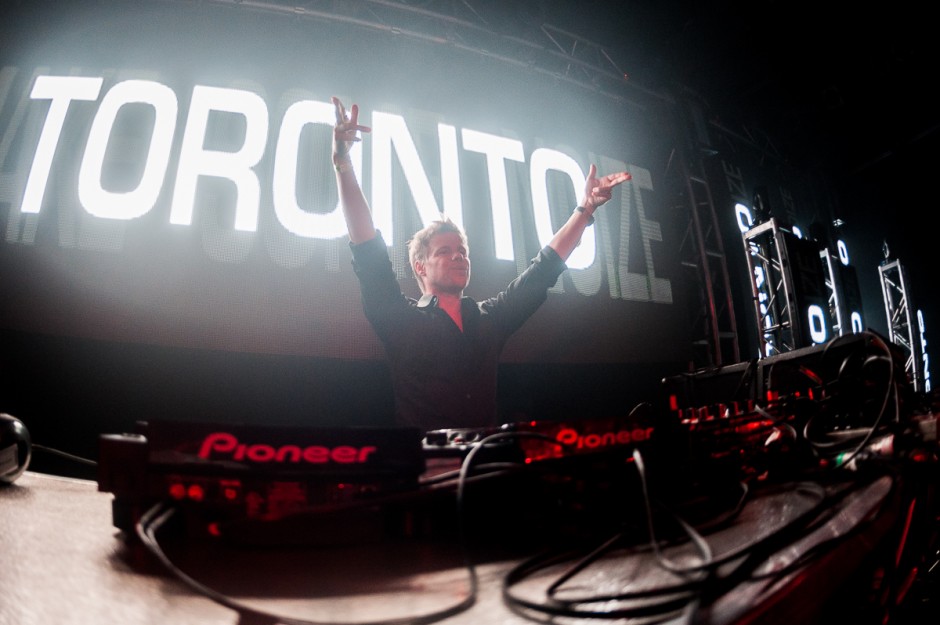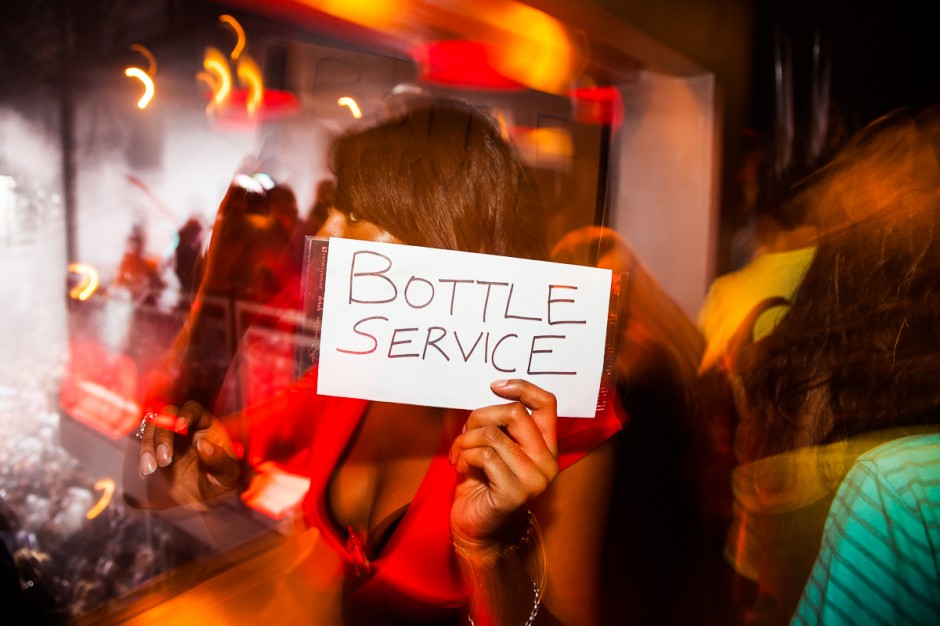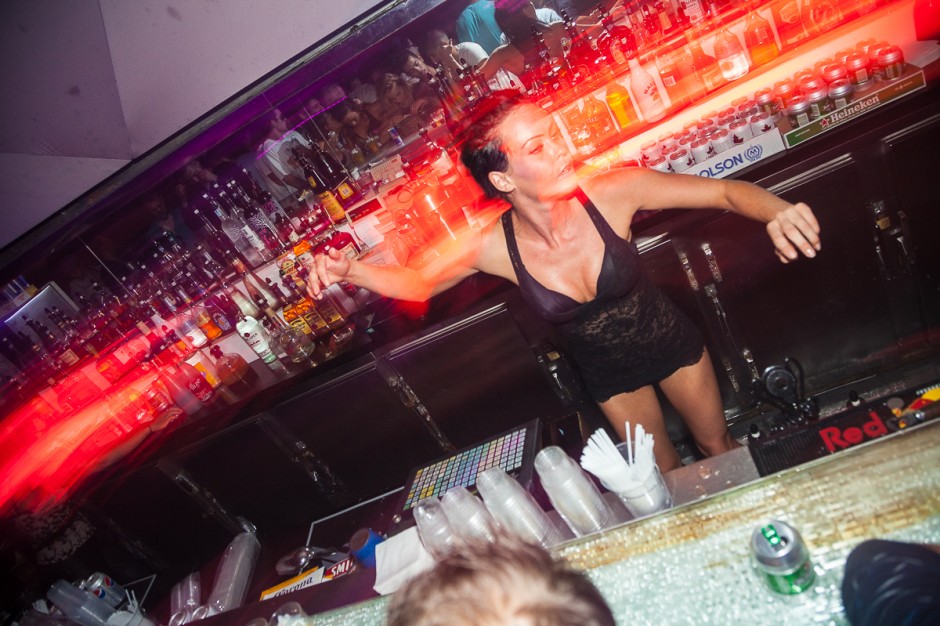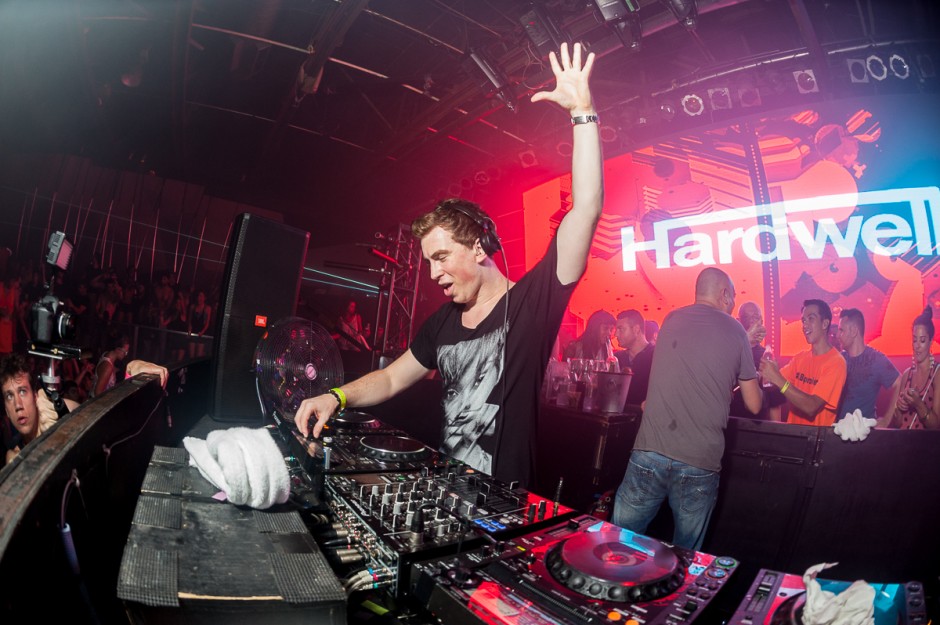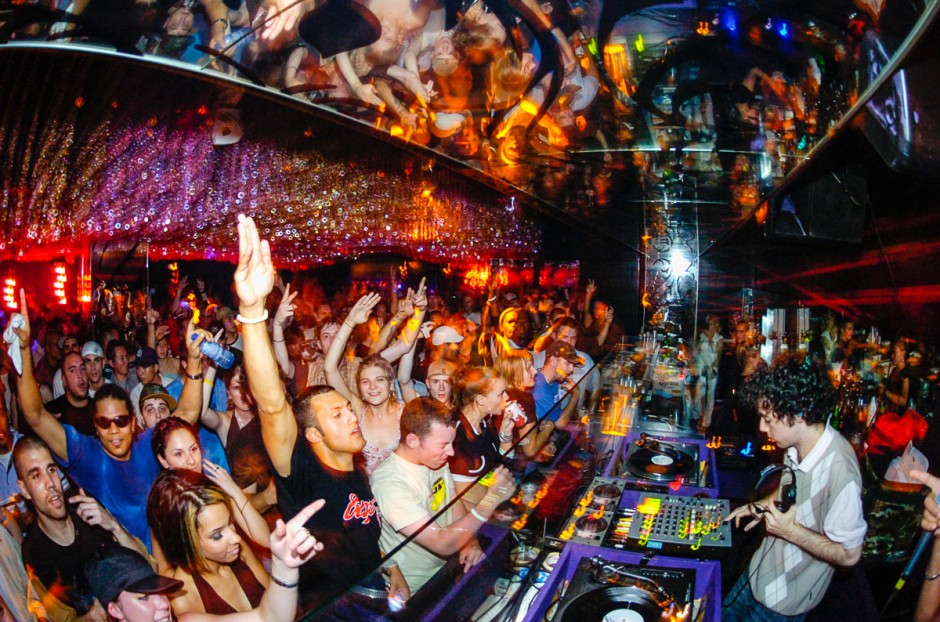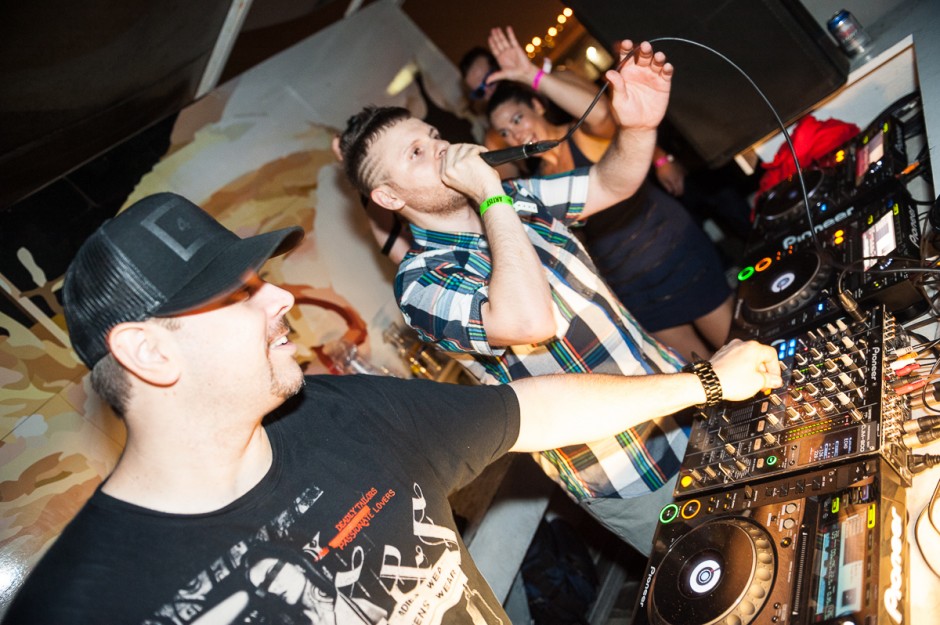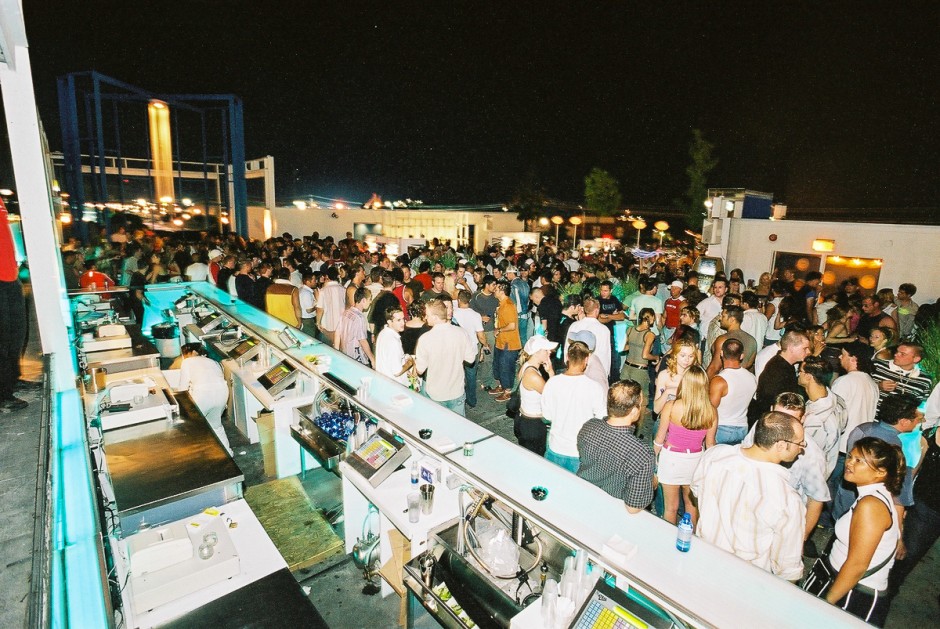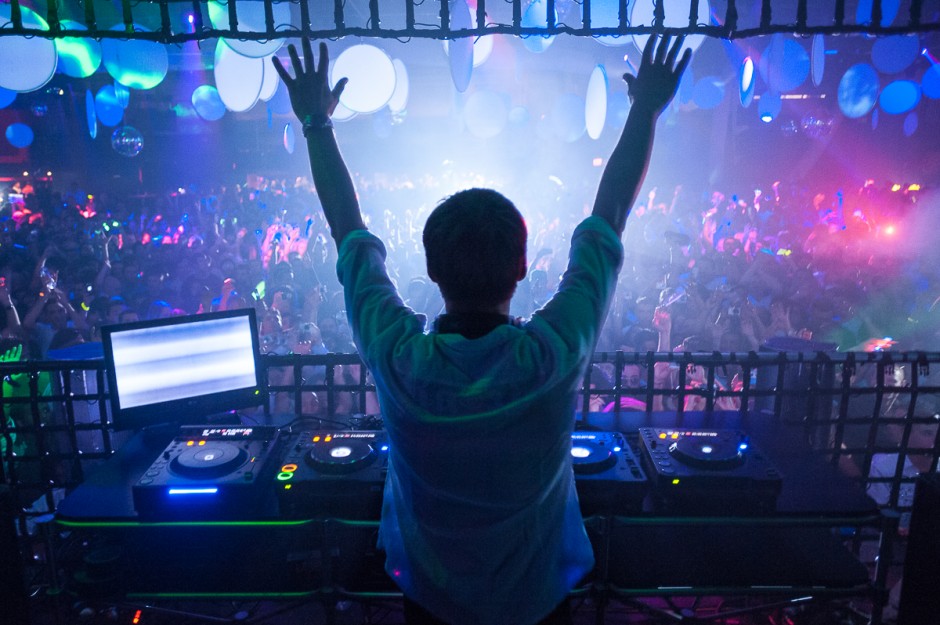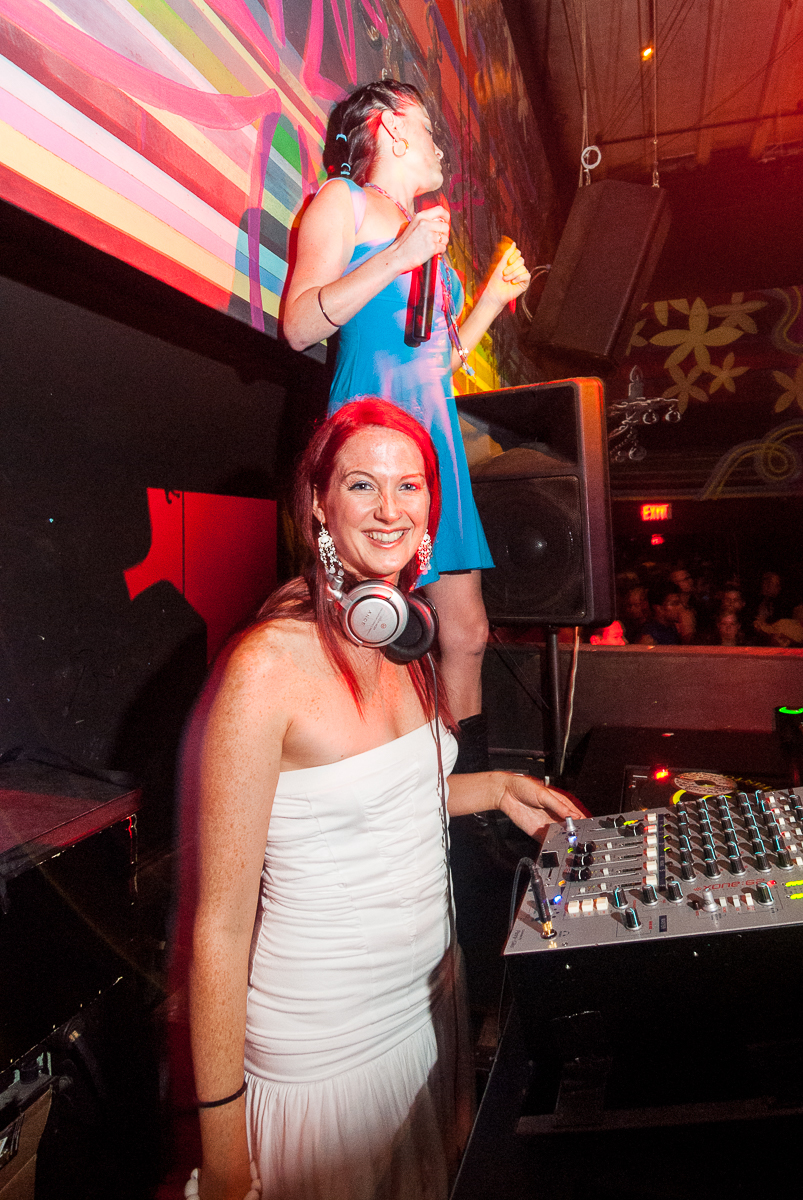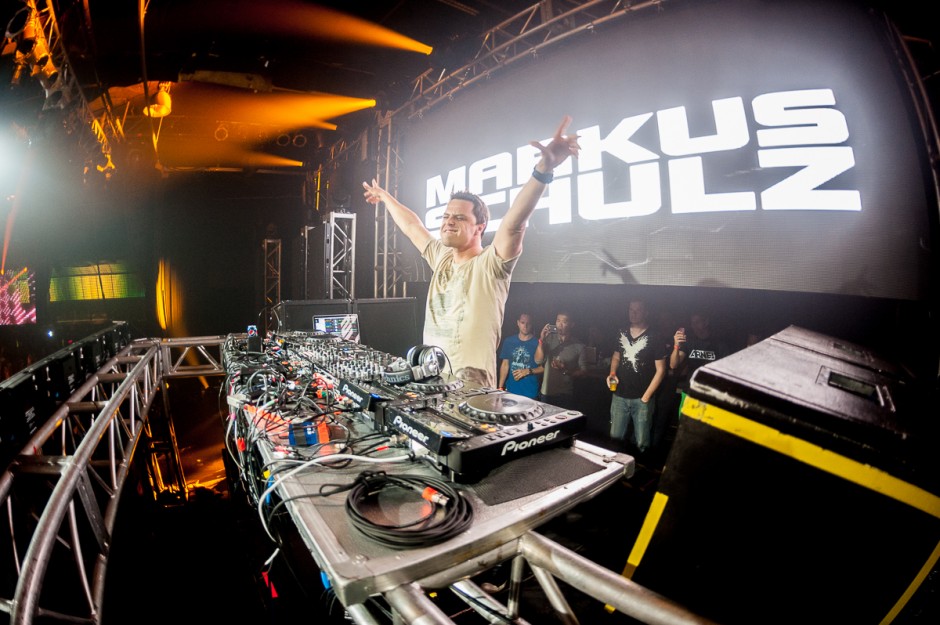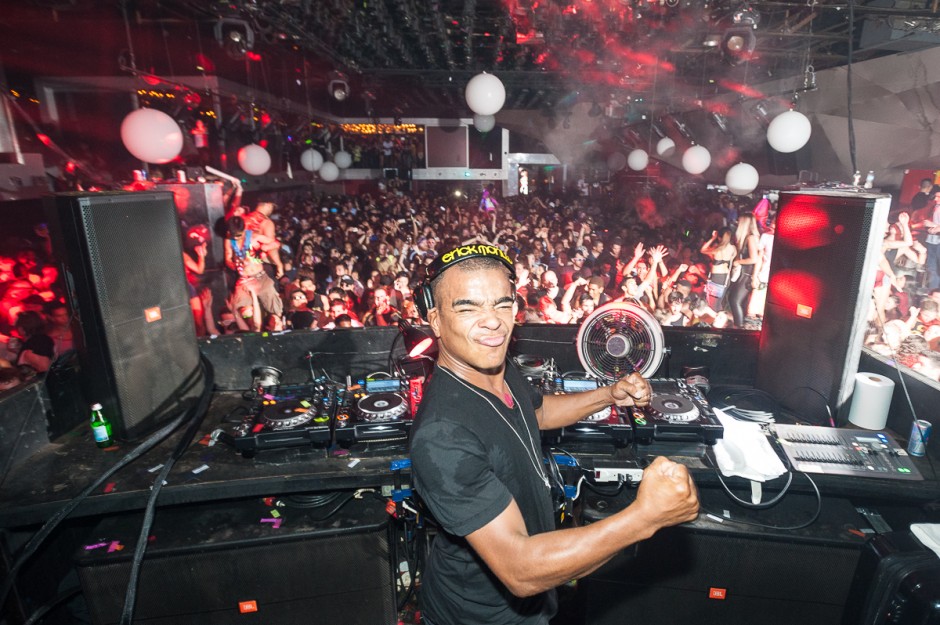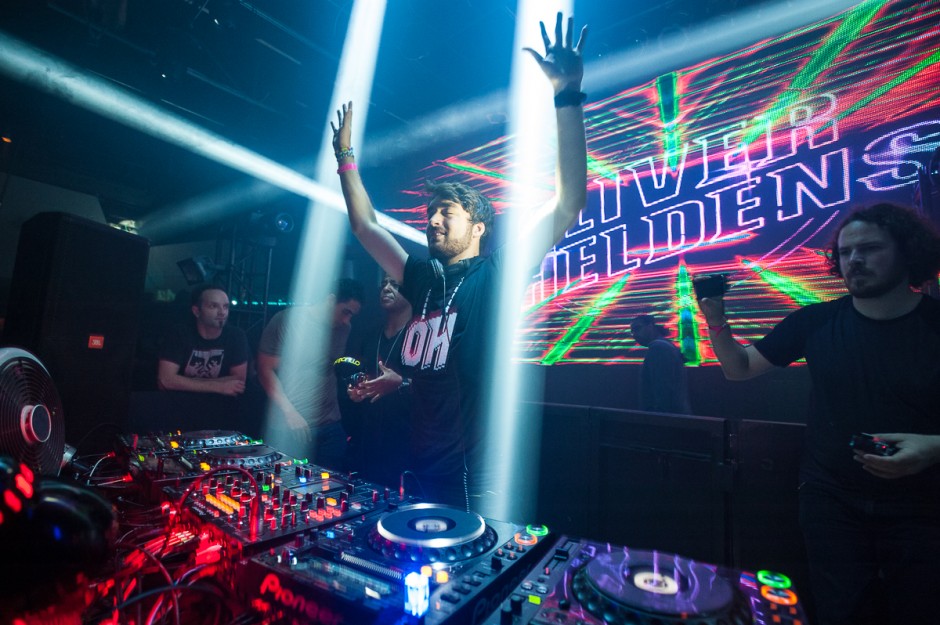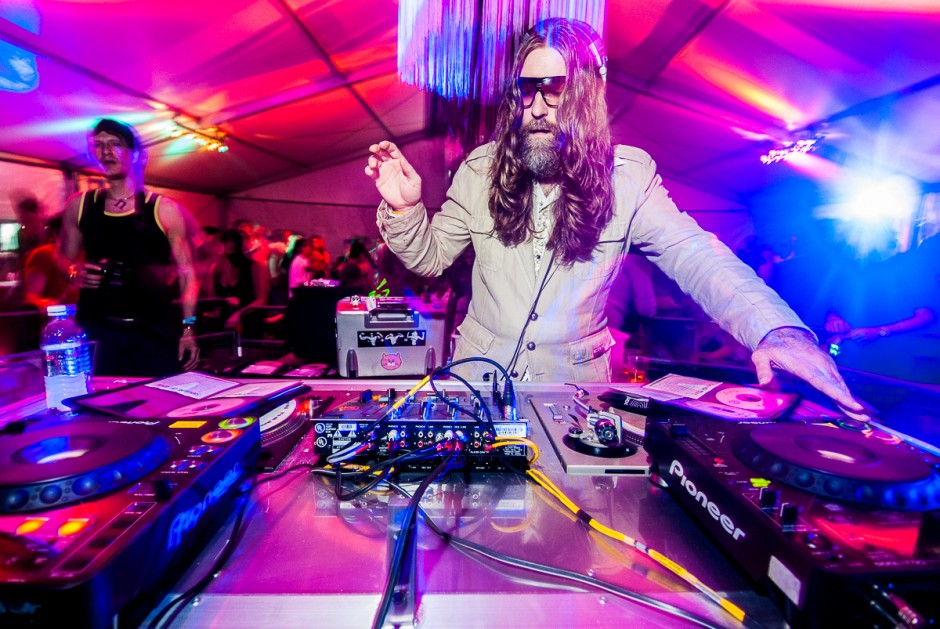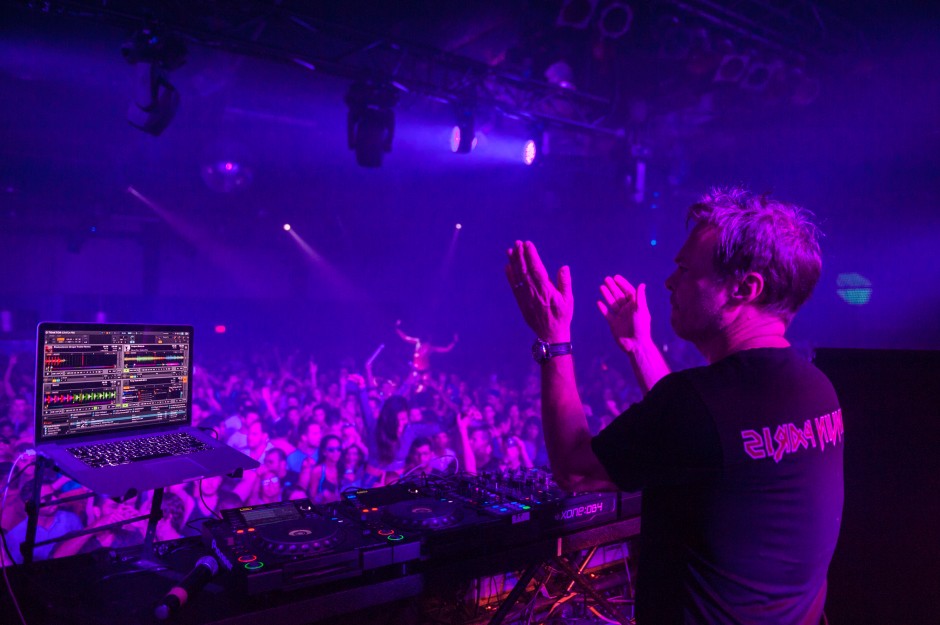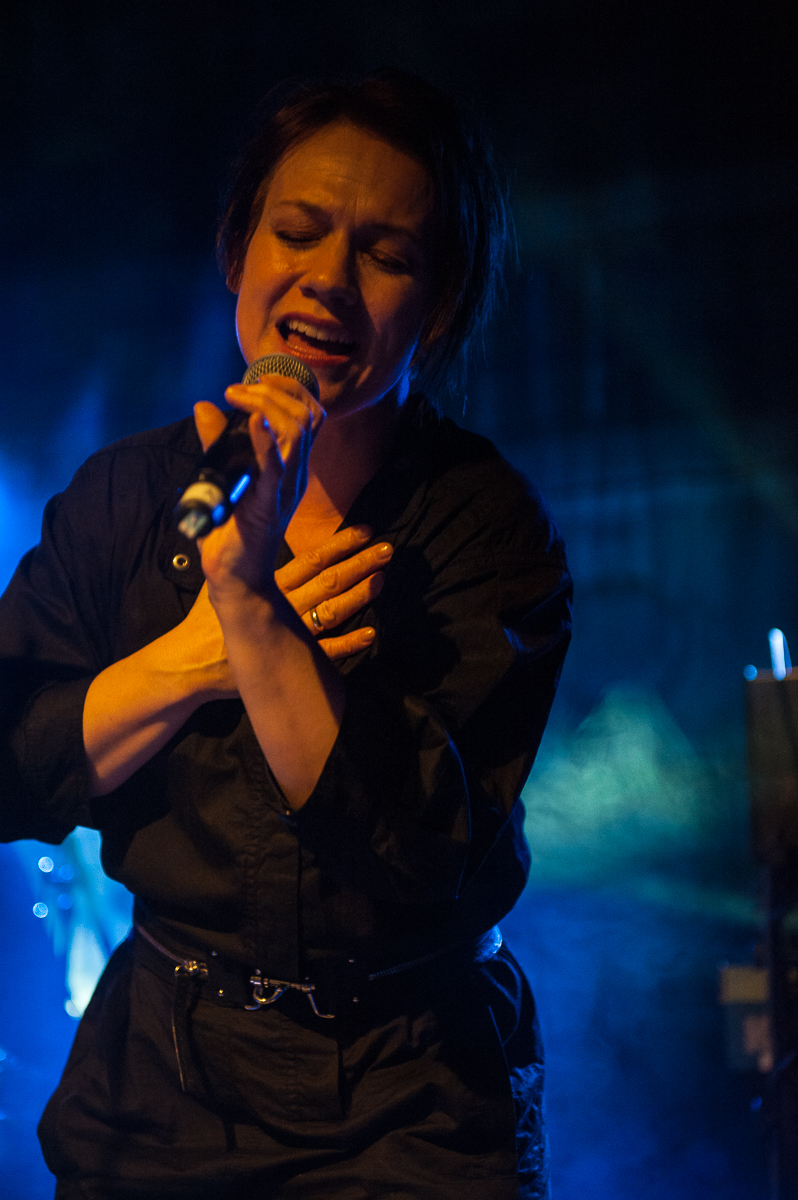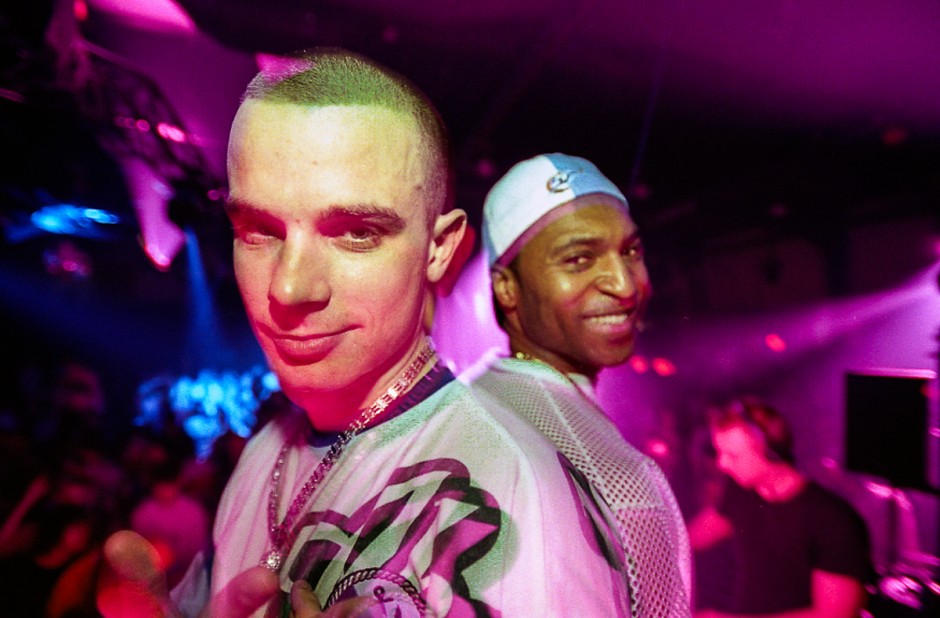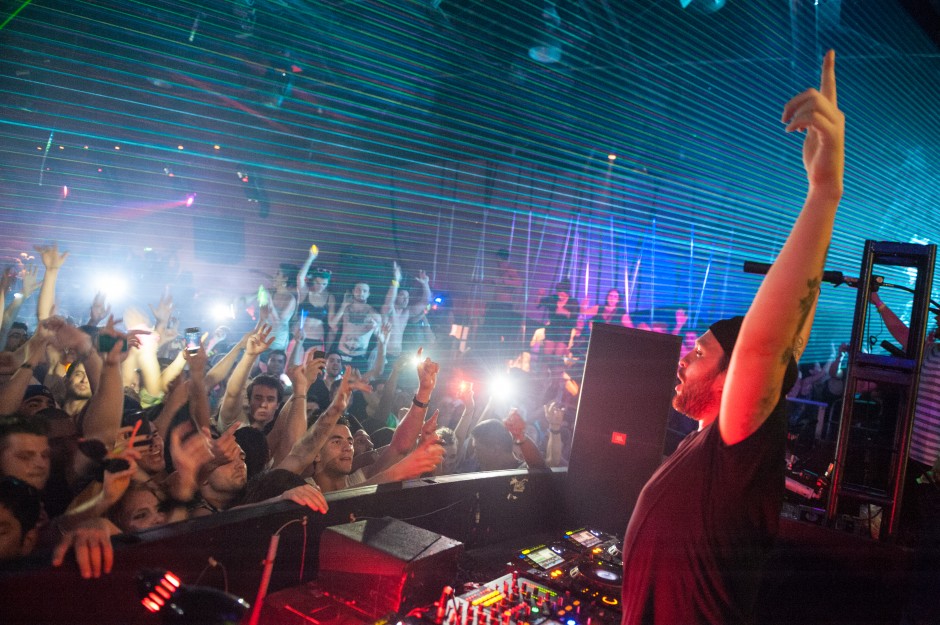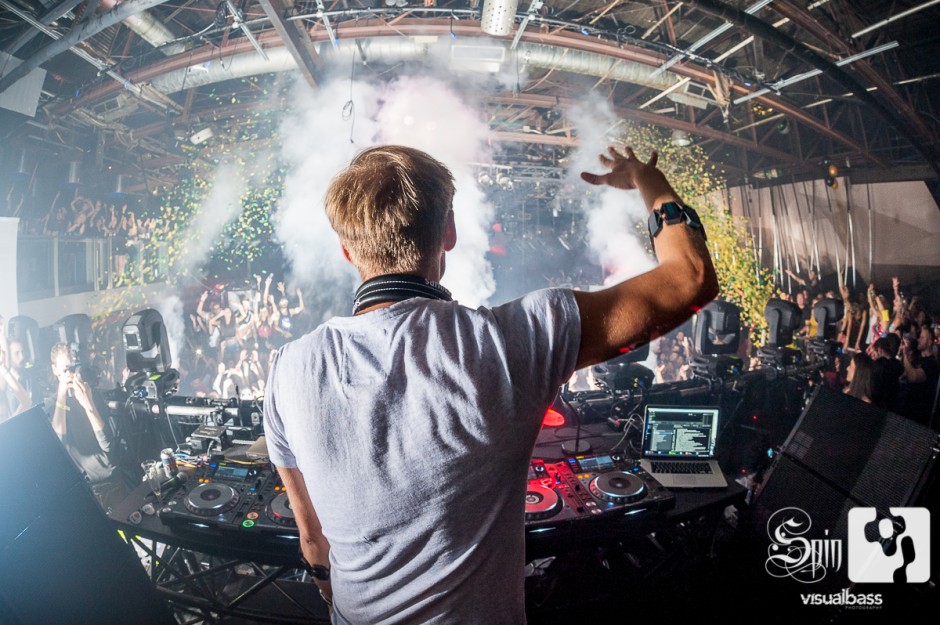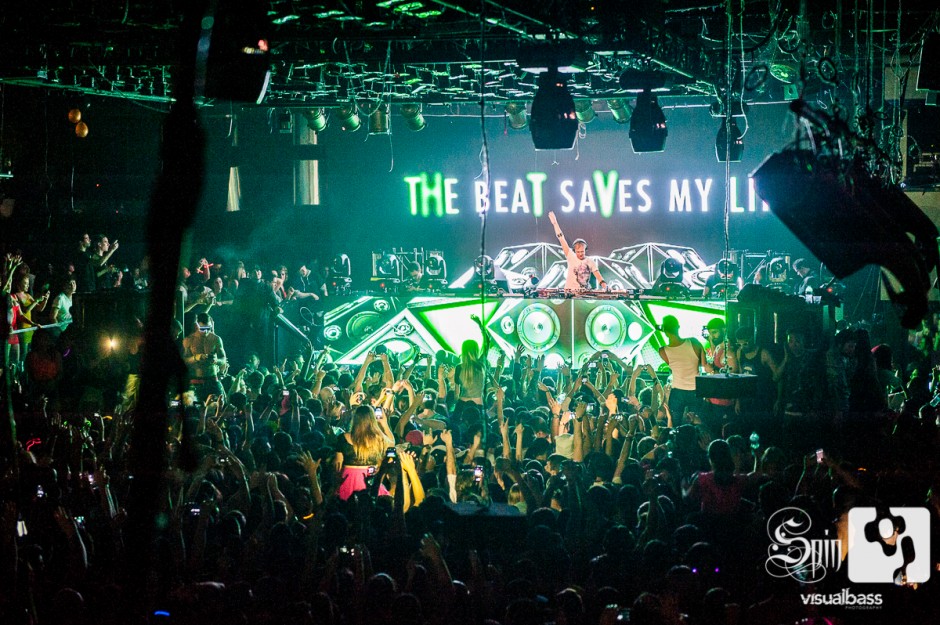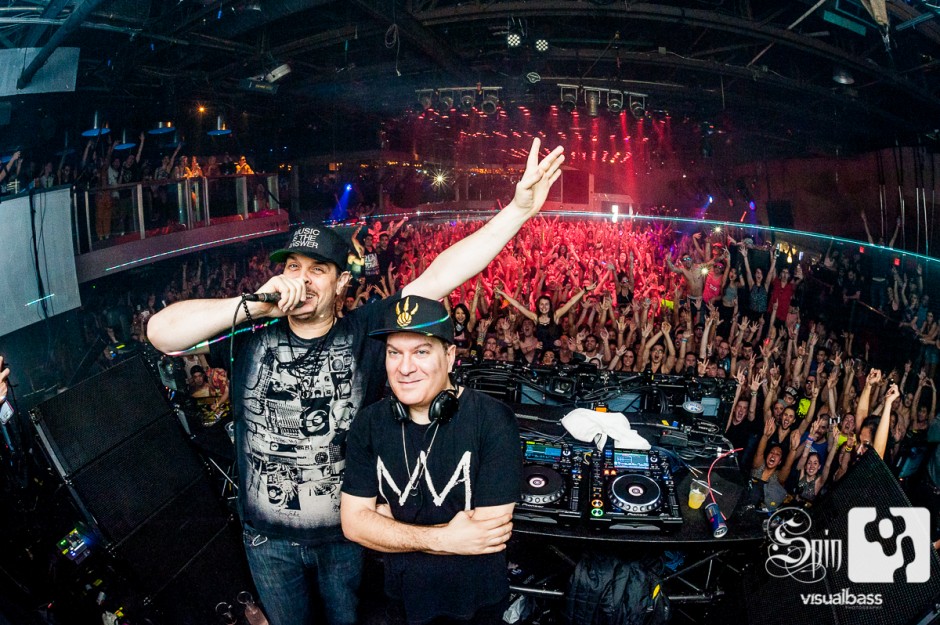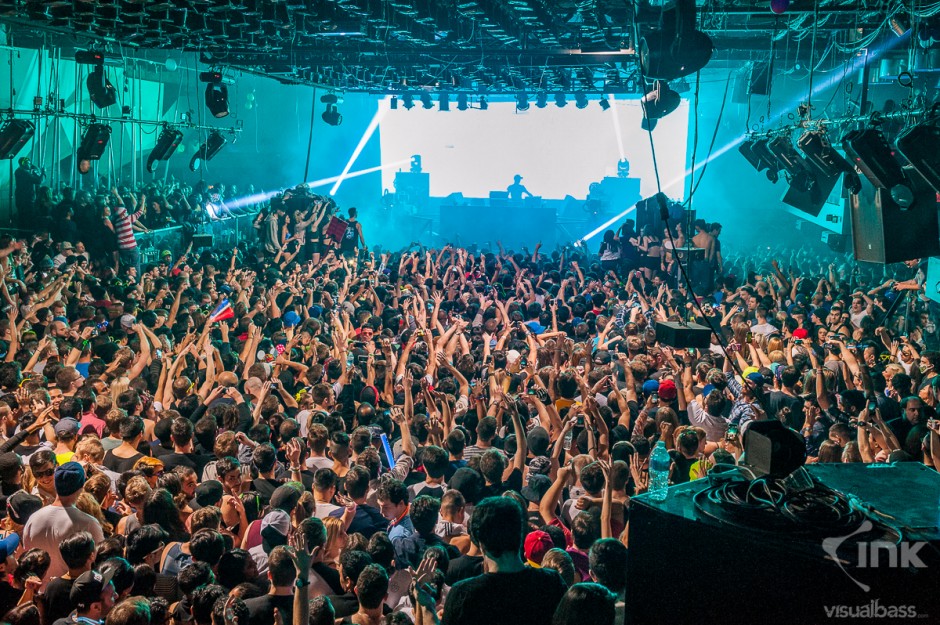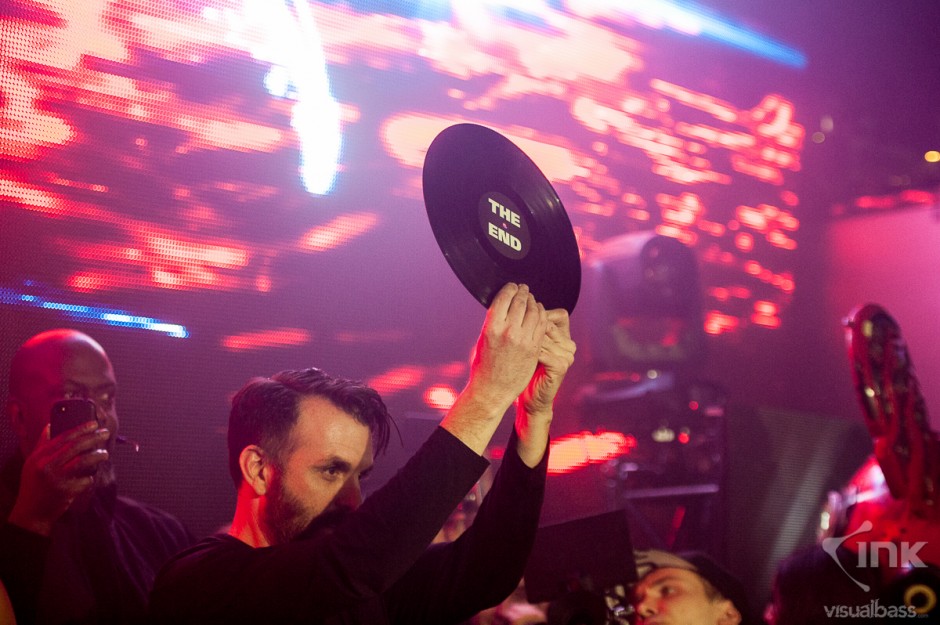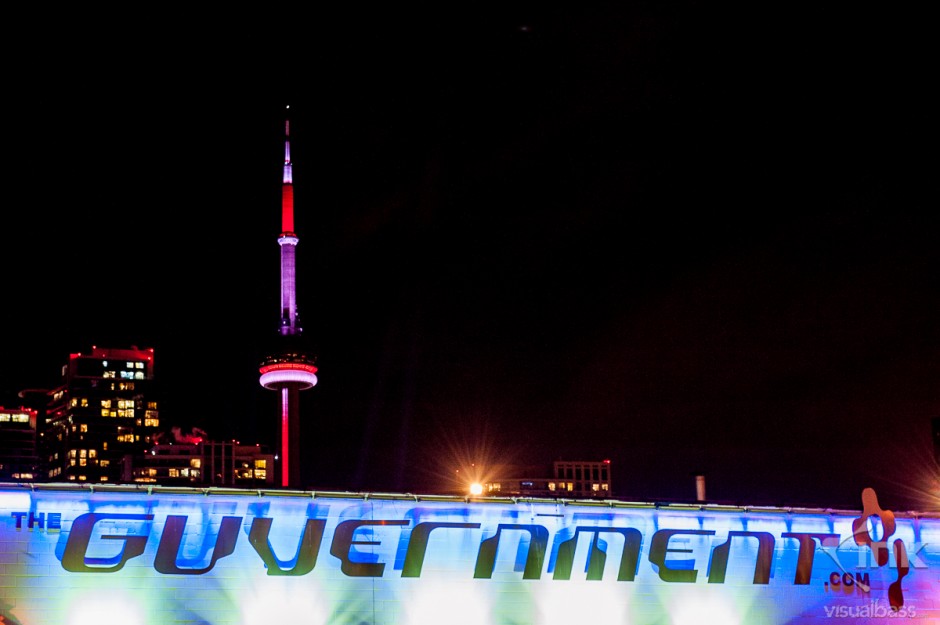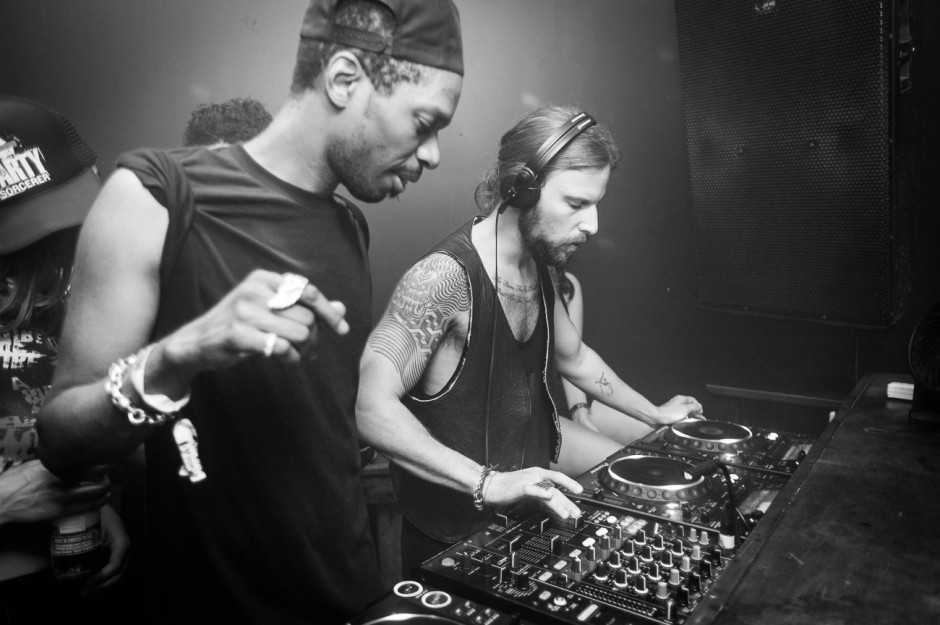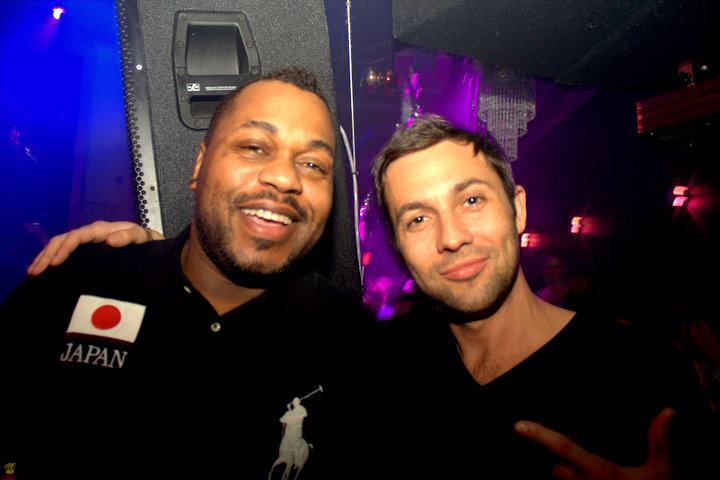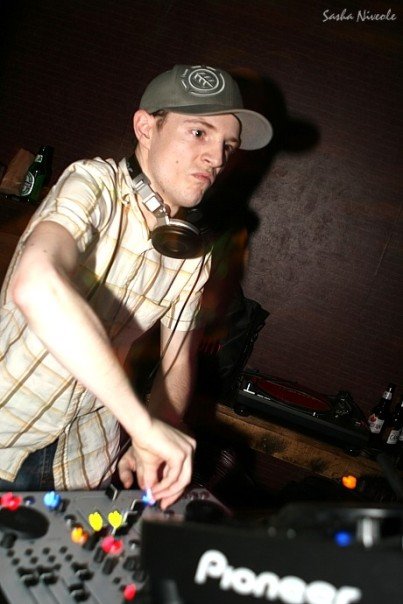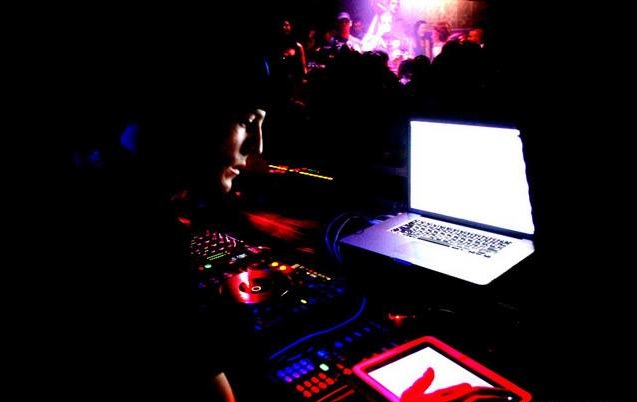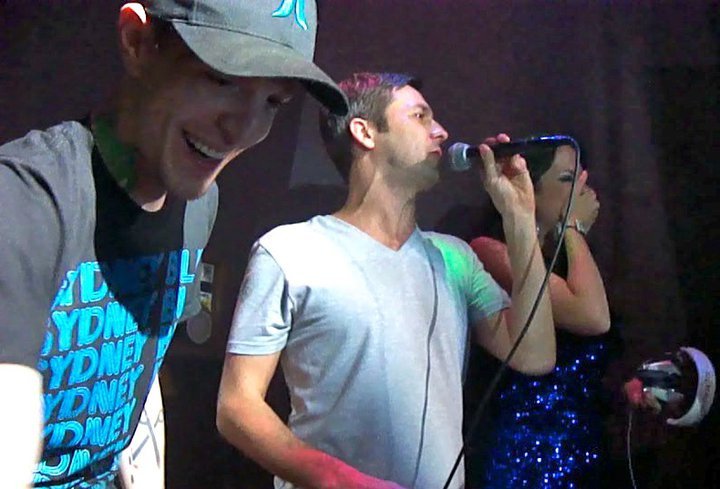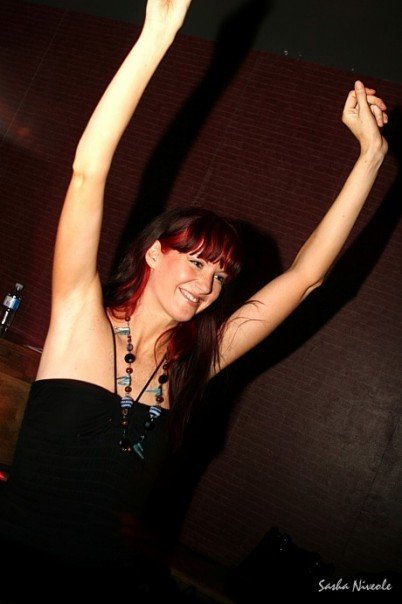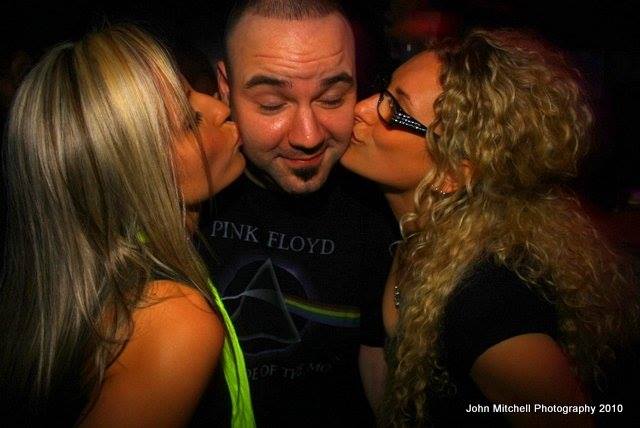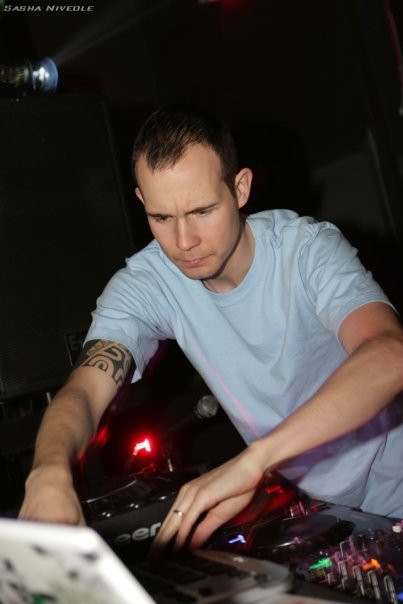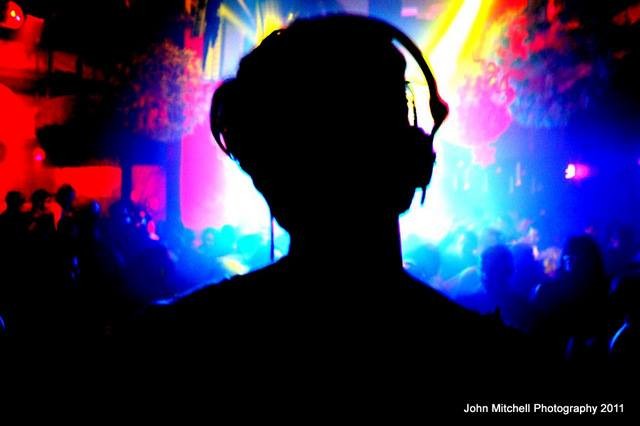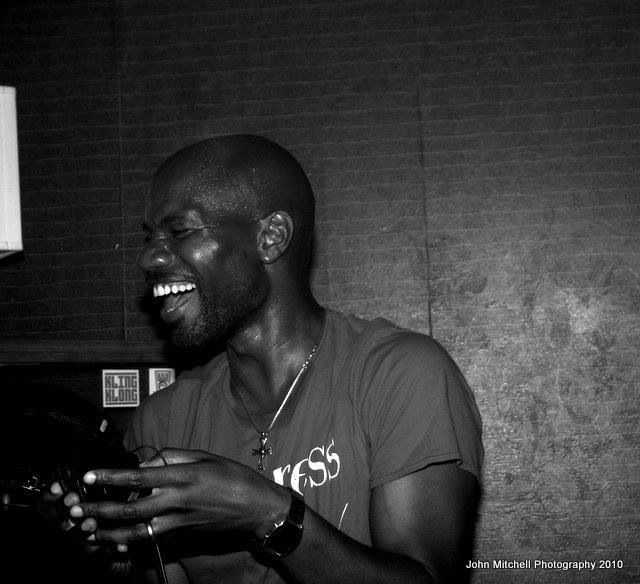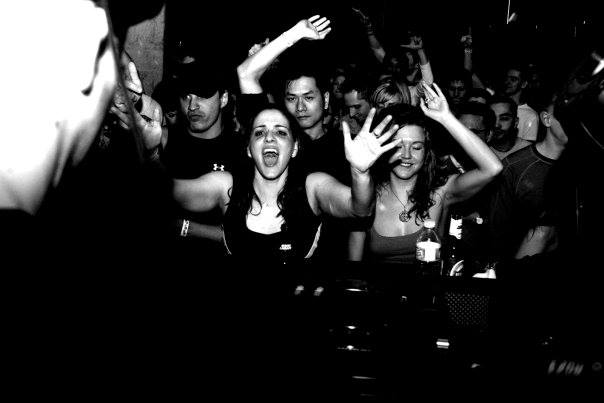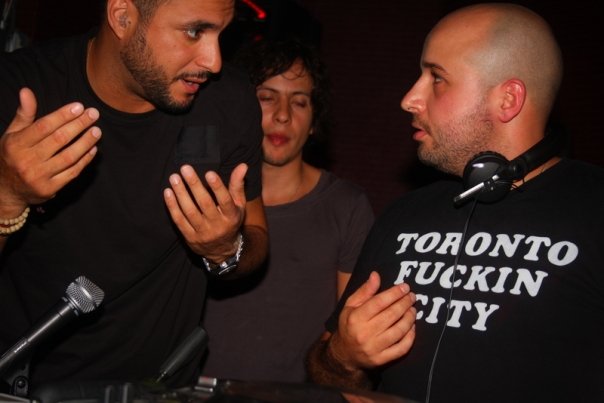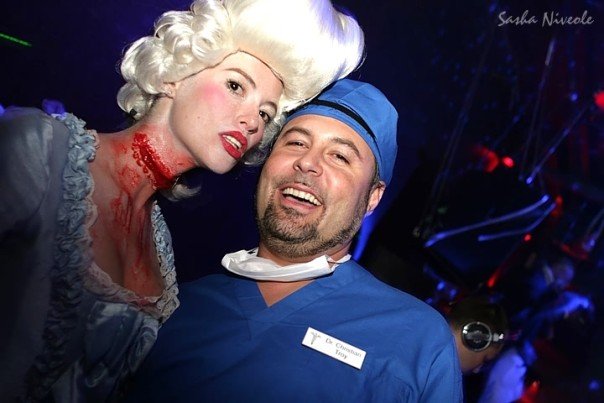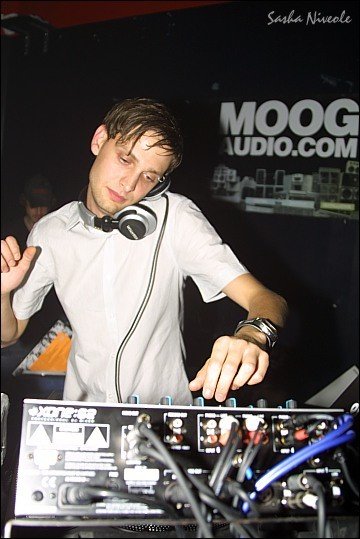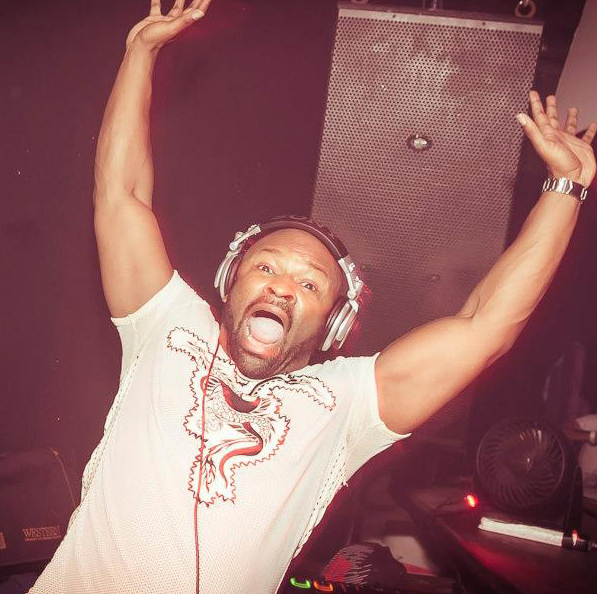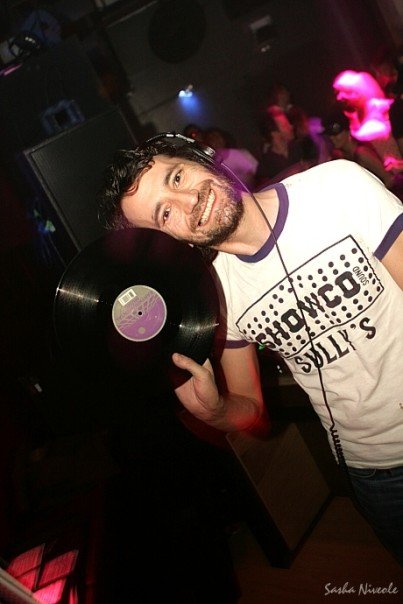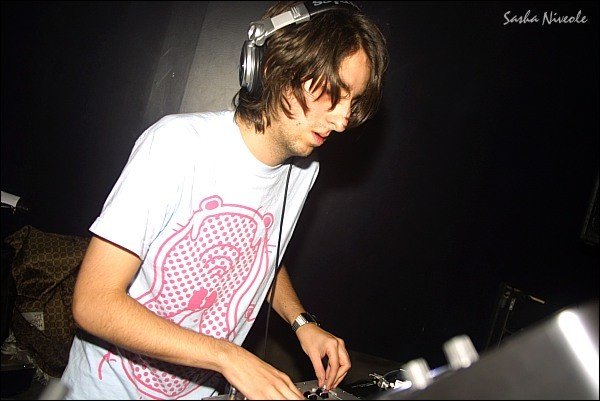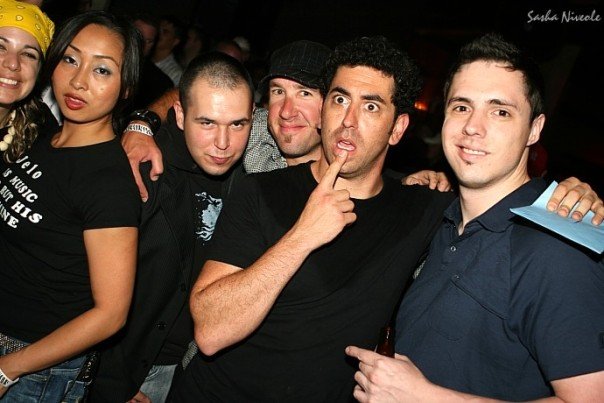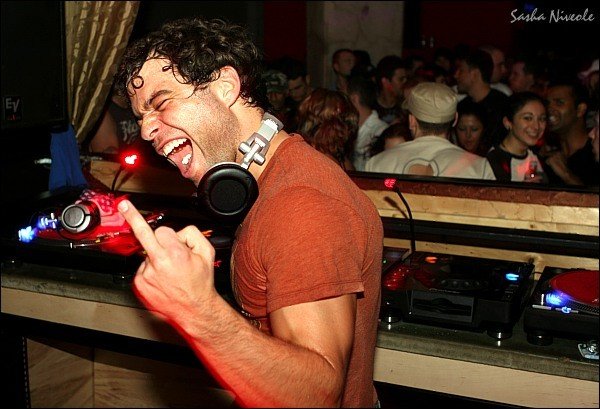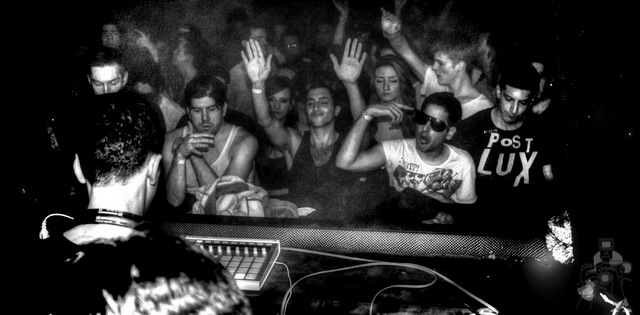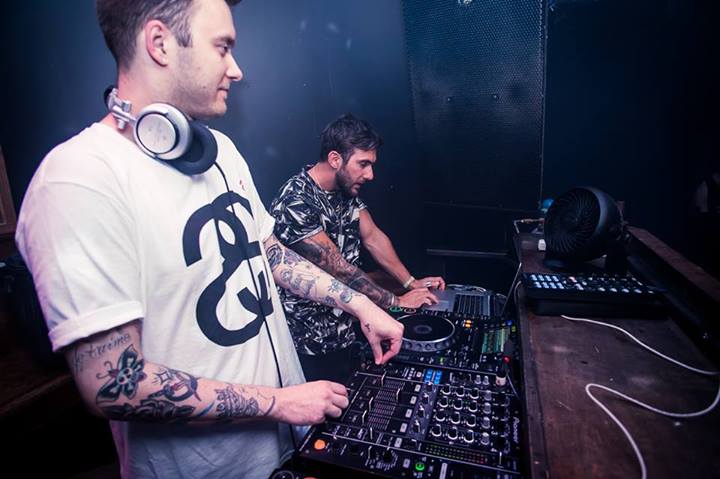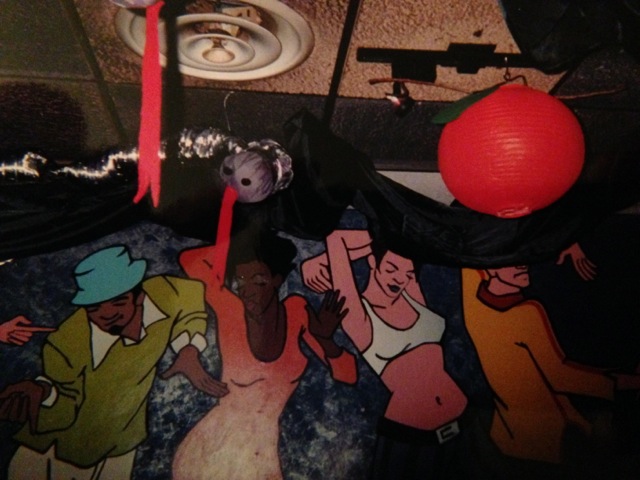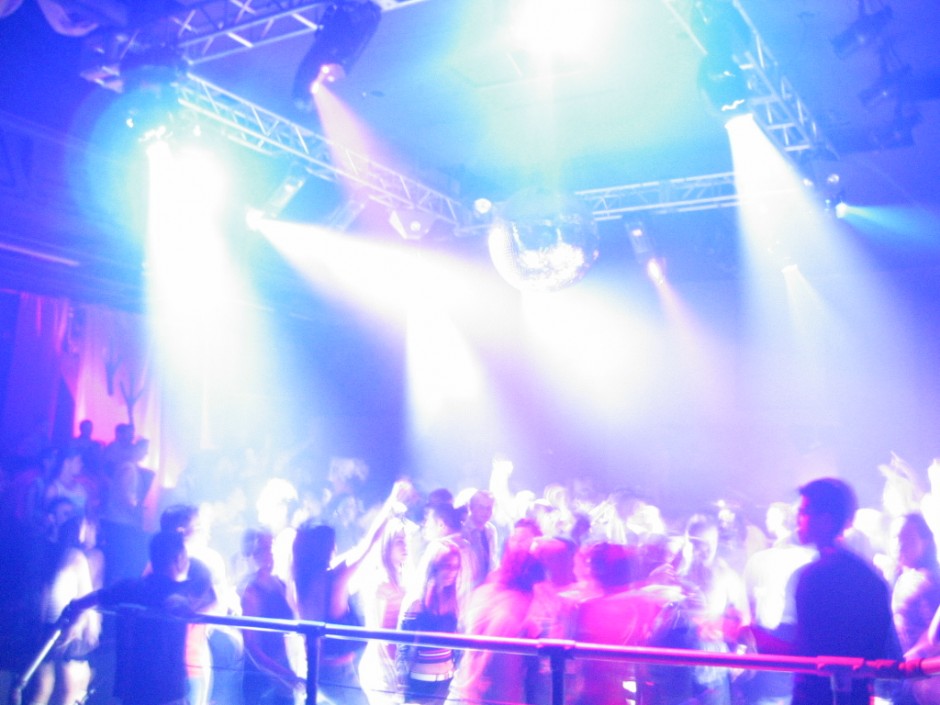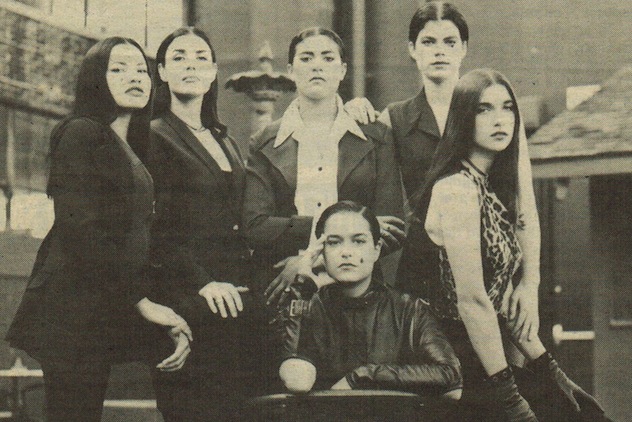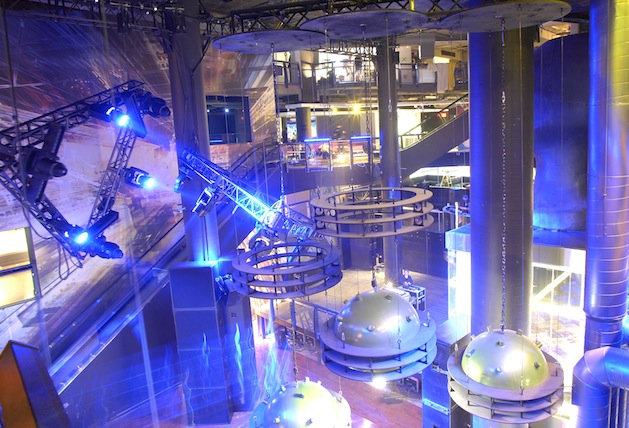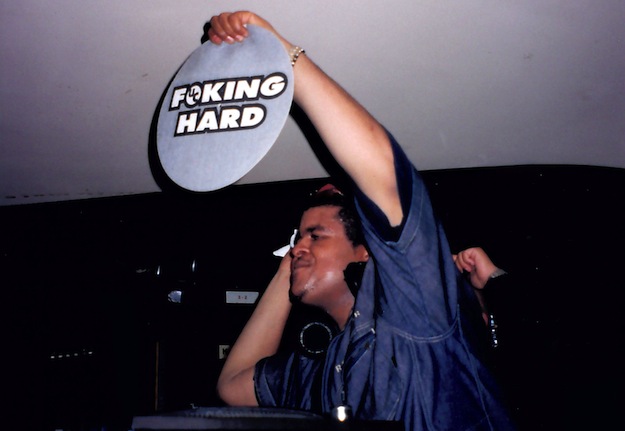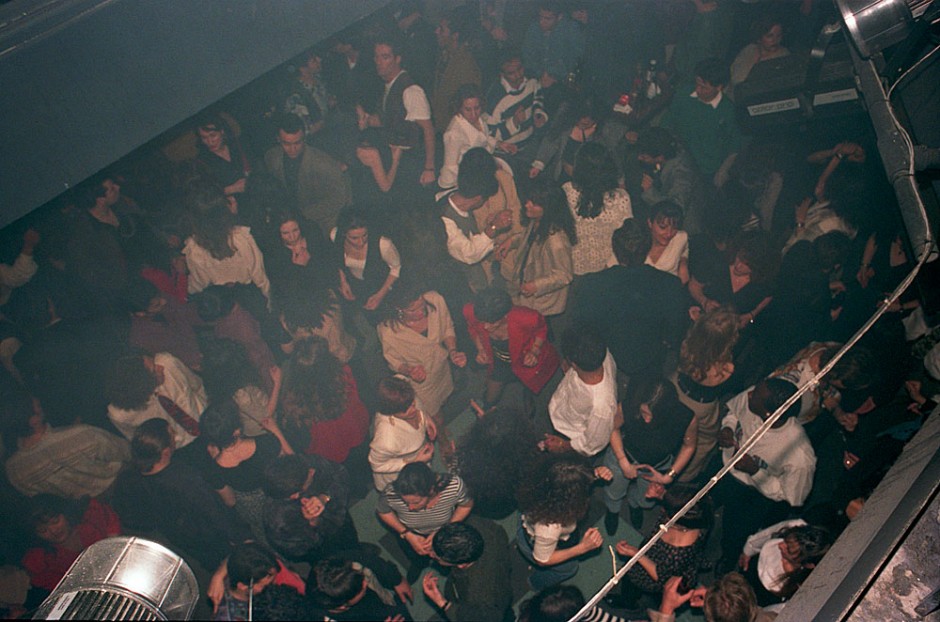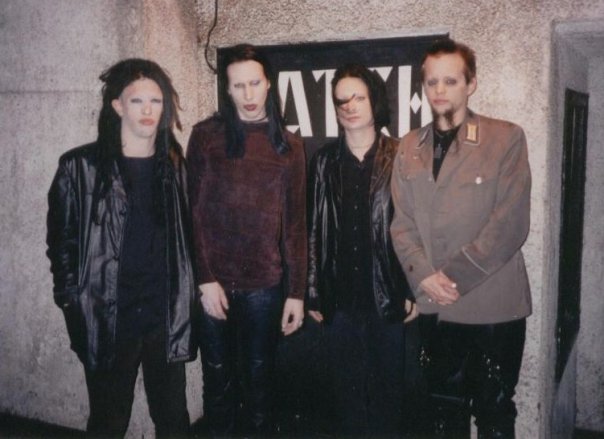Then & Now book cover. Design by Noel Dix.
Then and Now: Toronto Nightlife History
By Denise Benson. Foreword by Stuart Berman.
Published by Three O’Clock Press. Publication Date: July 15, 2015
562 pages, with four sections of colour photos.
More info and to pre-order: http://threeoclockpress.com/titles/then-and-now
The history of Toronto’s nightlife reveals its pulse.
From award-winning veteran music journalist and DJ Denise Benson comes Then & Now: Toronto Nightlife History, a fascinating, intimate look at four decades of social spaces, dance clubs, and live music venues. Through interviews, research, and enthusiastic feedback from the party people who were there, Benson delves deep behind the scenes to reveal the histories of 48 influential nightlife spaces, and the story of a city that has grown alongside its sounds.
Advance Praise
“Contrary to conventional wisdom, Toronto has known how to party for a while. Then & Now tells a heretofore untold social history of Toronto, including the clubs where often-marginalized people found both community and liberation deep into the night. This book is an essential chapter of Toronto’s recent history.” ̶ Shawn Micallef, Author and Spacing Co-owner
“The early days of punk and new wave at The Edge; clubs like Voodoo and Twilight Zone where you could be normal being weird; playing Depeche Mode and New Order at Focus and Club Z; dancing to The Specials at Nuts and Bolts and Fad Gadget at Domino Klub; playing The Happy Mondays at Empire … Legendary Toronto club culture and memories brilliantly captured and stamped in time.” ̶ Scot Turner, Producer/Host CFNY 102.1, Program Director Energy 108
“Denise Benson’s Then & Now … shines a deserved light on the many young, often disenfranchised, DJs, promoters, and business owners who created scenes from nothing, providing safe and exciting spaces for alternative communities and culture to flourish. Denise gets it so right because she was there herself, is still there. Good thing, since reading her chronicles makes me want to dance!” ̶ Liisa Ladouceur, author Encyclopedia Gothica
“Denise … ambassadors all good things in the Toronto music scene. The work she’s accomplished documenting pivotal moments in club history is nothing short of amazing. She is a proven archivist and we are lucky to have someone with this level of passion in our ever-growing and evolving scene.” ̶ Nitin Kalyan aka DJ/producer Nitin, co-founder of No.19 Music
Please join us in celebrating the release of Then & Now: Toronto Nightlife History!
Featuring:
Denise Benson in conversation with Stuart Berman (8:30-9:30)
followed by DJs spinning through sounds, genres and decades from 10pm ’til late.
MARK ‘SHUGGY’ OLIVER
PAUL E. LOPES & MIKE TULL
JAMES ST. BASS
DJ BARBI
and DEKO-ZE
Then & Now will be for sale at a special launch price and Denise will be signing books.
***
About the launch party:
Light refreshments will be provided.
There will be a cash bar and a full dinner menu available to launch guests.
The main floor of NEST is physically accessible. We regret that there will not be ASL interpretation provided.
Please contact: publicity@threeoclockpress.com with any accessibility queries or concerns.
This is a FREE event.

